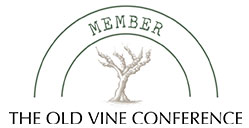A castle, a stone vat and a winery
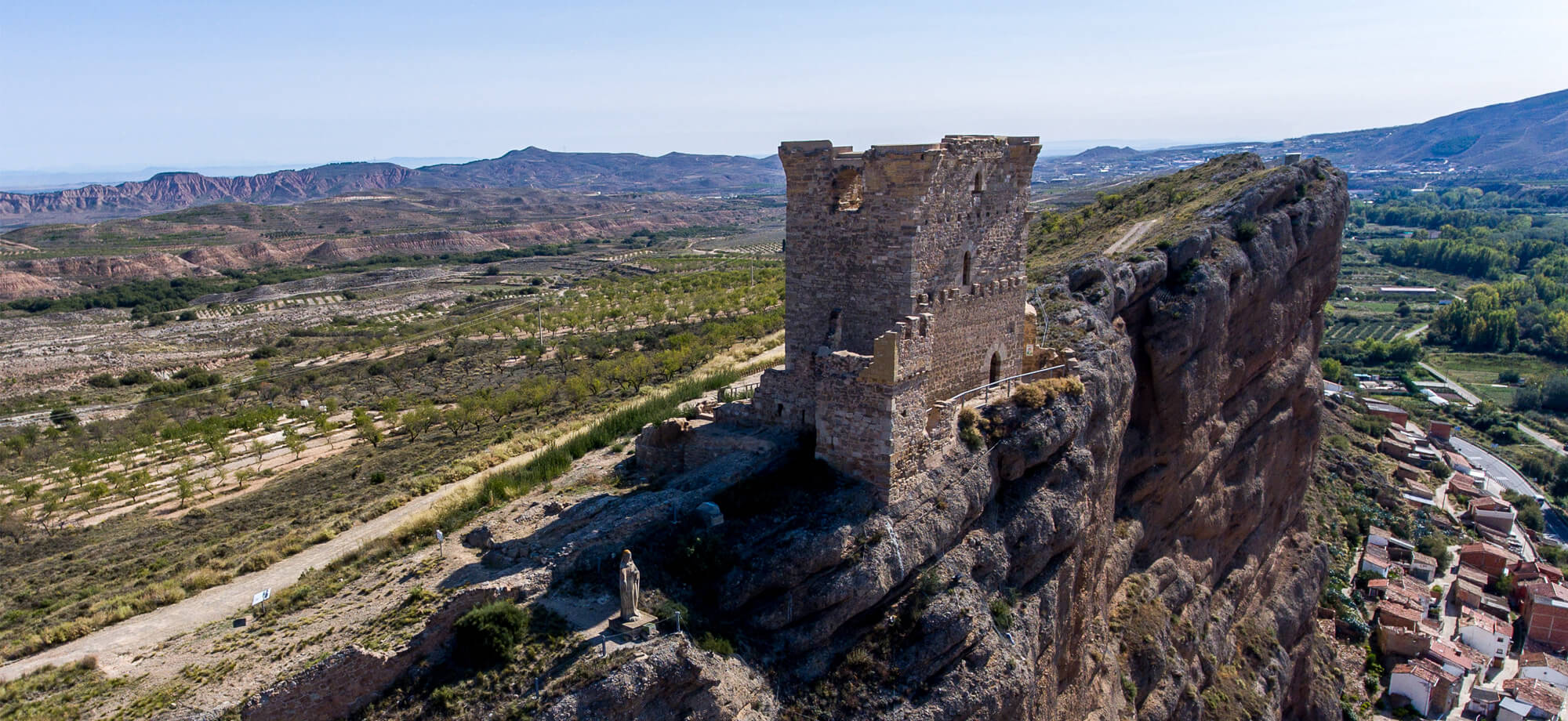
Quel Castle is noted for the uniqueness of its location, straddling the ridge of the outcrop that shelters the town with a spectacular 80 metre sheer drop. As explained by the Association of the Friends of Castles in Spain, it is a combination of a clifftop castle and a manorial castle of the Late Middle Ages. Furthermore, its dominant position overlooking the Cidacos valley made it an excellent lookout, so that it was included in the defensive system of the area. It comprises a three-storey rectangular truncated keep, surrounded by an outer wall reinforced with two large square towers with the remains of a patrol path and battlements. This is a small, local castle that was constructed in dressed stone and ashlars from a rectangular tower or keep, in the centre of the enclosure, and two large square towers that were built up from the boundary wall on the east and west. There are signs that there may have been a barbican or fortified outpost on the western side. With regard to the outer wall, the only part still remaining stands next to the square towers, in a dilapidated condition. The tower is truncated and with no horizontal division at all. However, thanks to the traces present in the corbels and weep holes, we know that the castle was divided into three storeys, with access through an intramural staircase, of which the large windows are still conserved. Although the tower battlements have not survived the ravages of time, there are indications of the presence of sentry boxes at the corners. On the west tower, the most defensive one, a stairway is carved into the wall and still conserves the parapets and a certain part of the battlements, just like the eastern tower. Narrow slit windows or loopholes are evident on the north side of the towers, where it is thought that access to the enclosure and water cistern was located.
///CLICK HERE IF YOU’D LIKE TO FIND OUT MORE
David Eguizábal León, archaeologist and director of the Quel Castle excavation campaign, explained in the “Belezos” periodical that, despite the fact that some theories consider that the name Quel may perhaps be derived from the Arab term “Kalah”, meaning castle, and this has been used to support the presumed origin of both the town and its stronghold, the fact is that the oldest known reference regarding the existence of a castle in Quel, dates back to the 15th century. This is a document in which the then noblewoman of the town, Leonor Téllez de Meneses, spouse of the Navarra nobleman and lord of Fontellas, Martín de Peralta, sold his manor on 30 April 1455 to a new lord, García Sánchez de Alfaro I, who ordered a fort to be built a few years later, perhaps over the remains of a previous one.
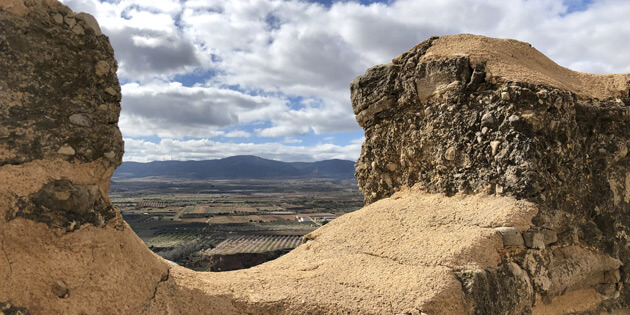
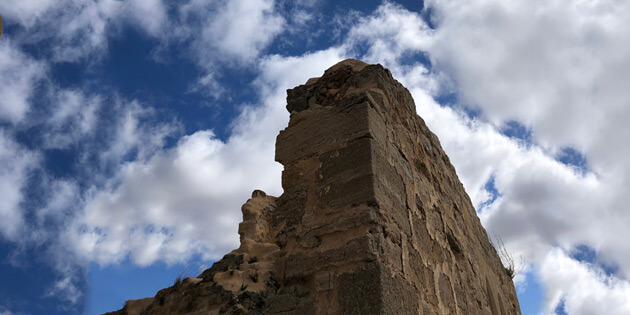
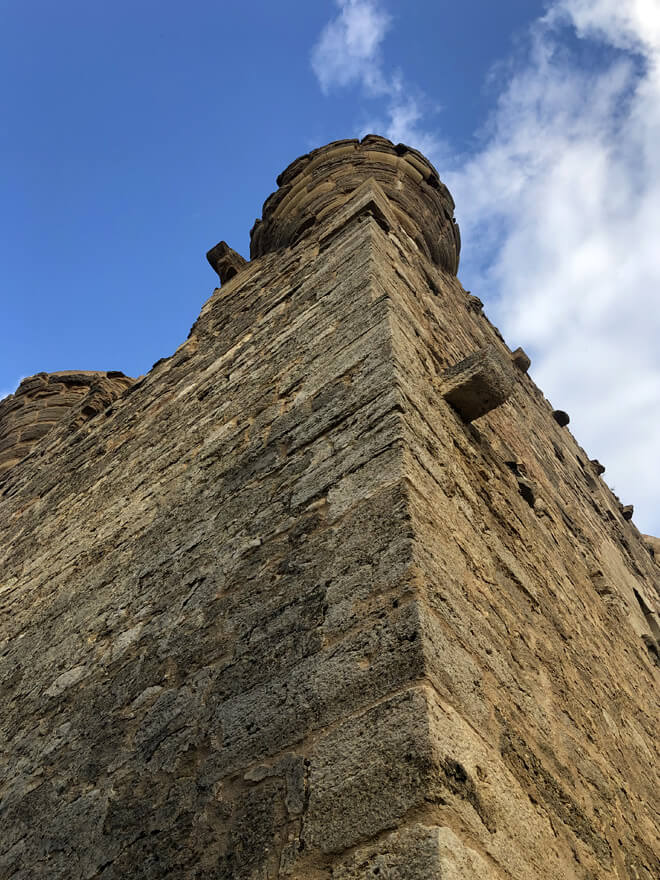
This is how Eguizábal summarises the situation: on the one hand, the style and the construction technique of the remains that can be seen today fully tally with the period indicated in the documents. A late Gothic style castle dating to around the 15th century, with weep holes intended for firing with crossbows, as well as harquebuses or muskets, arms that were characteristic of the period. Furthermore, the preliminary findings of the archaeological excavation also concur. Together, all the findings obtained show a chronological frame that would run approximately from the second half of the 15th century to the second half of the 17th century, when it appears that the place was completely abandoned.
Historically, it is known that the manor of the Sánchez de Alfaro in Quel was marked by deep unrest between the town’s inhabitants. Added to this were a series of disputes of a hereditary nature that led to the coexistence of two lords at the same time, something which finally ended in the division of the town into Quel de Yuso and Quel de Suso in 1567. This combination of circumstances, together with a declining economy, may have caused the castle to lose its value and utility, falling into ruin until it was completely abandoned.
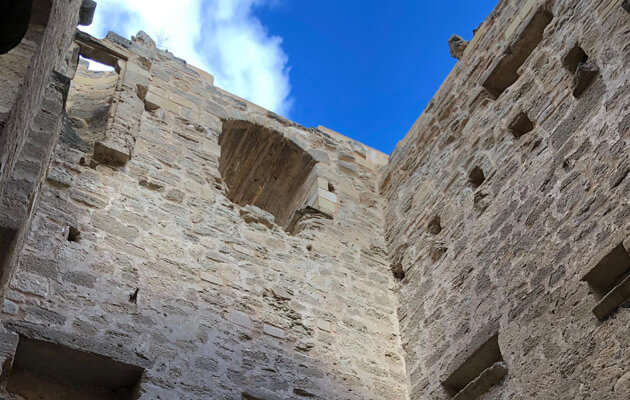
The stone vat
and the castle
winery
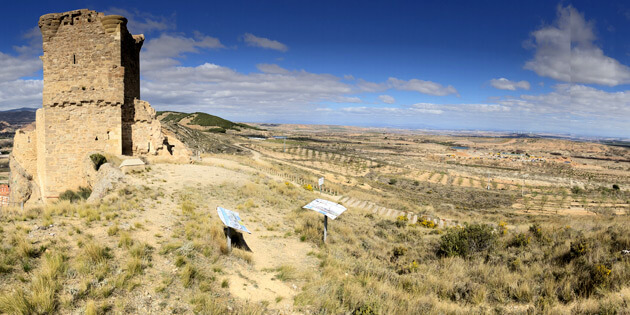
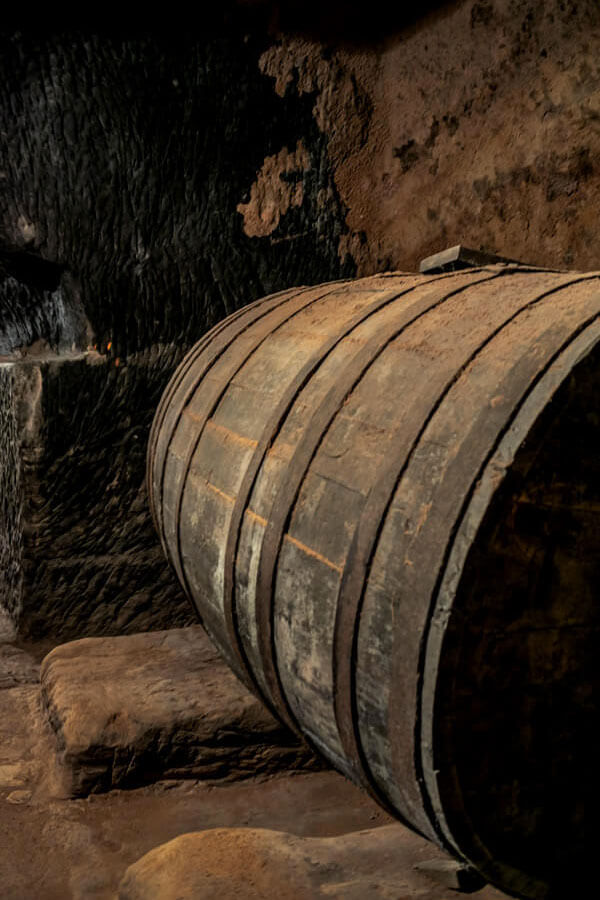
///history
Bodega quarter of Quel
A historical gem
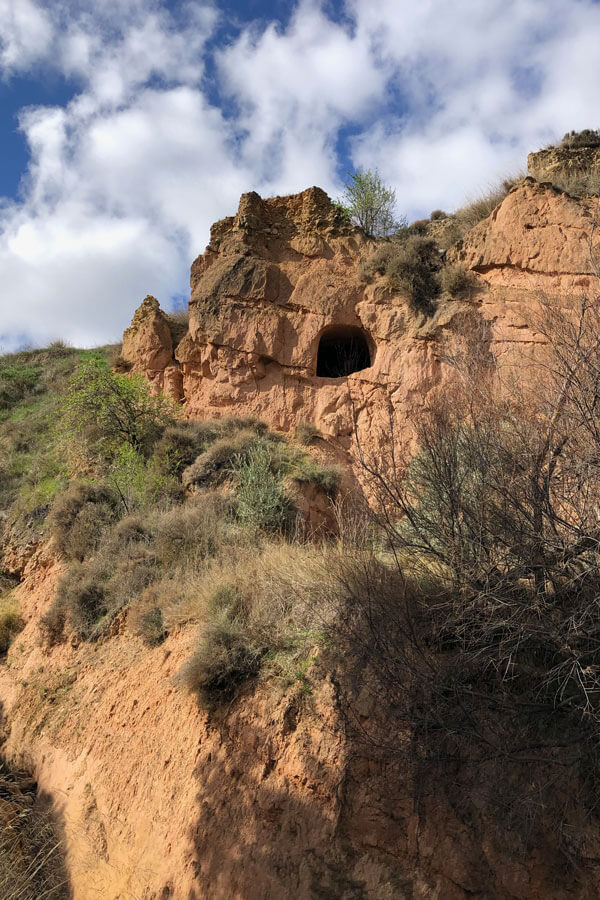
///history
Viticulture in Quel
Earliest origins
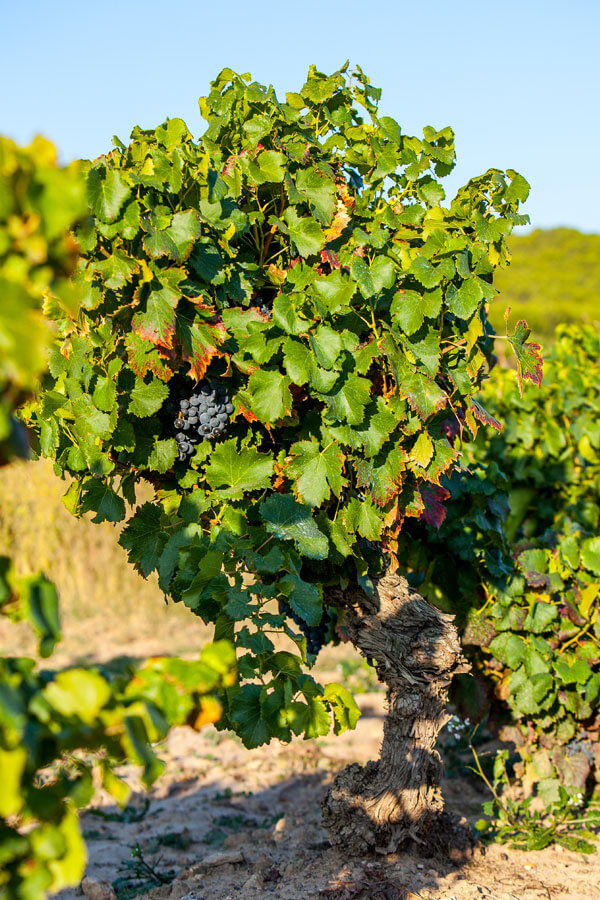
///history
Vine cultivation in Quel
The poorest soils for the vineyard
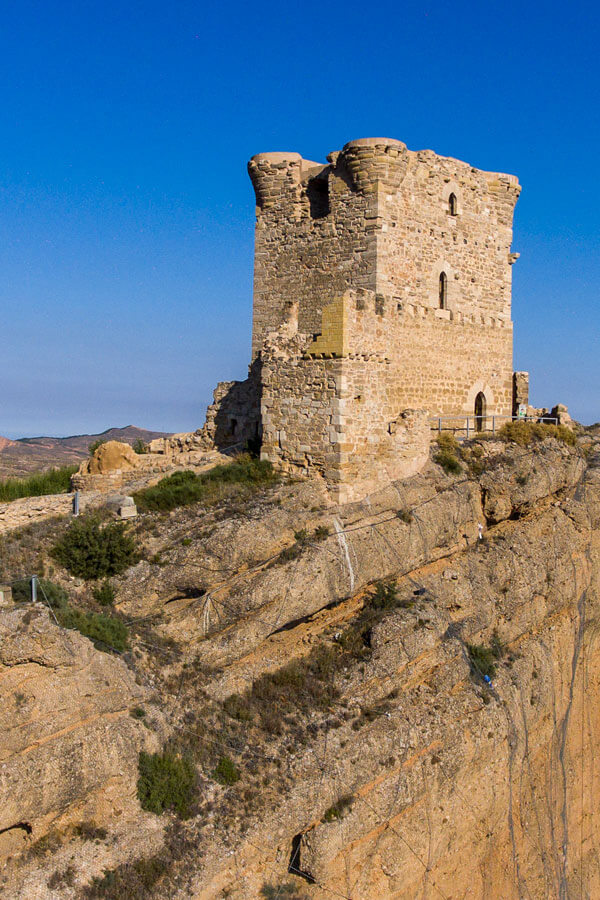
///history
Quel castle
A castle, a stone vat and a winery
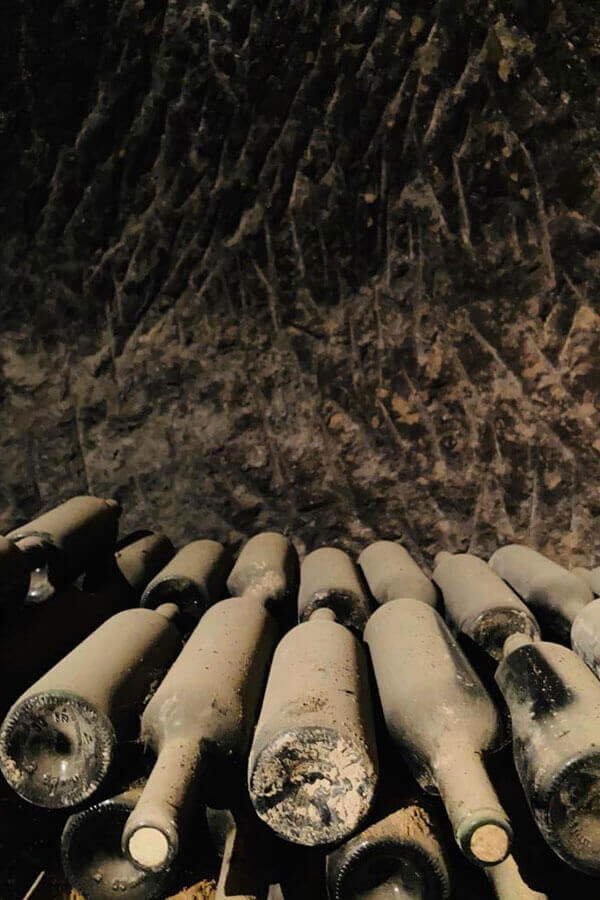
///history
Winery districts in La Rioja
Culture, history, heritage and wine
